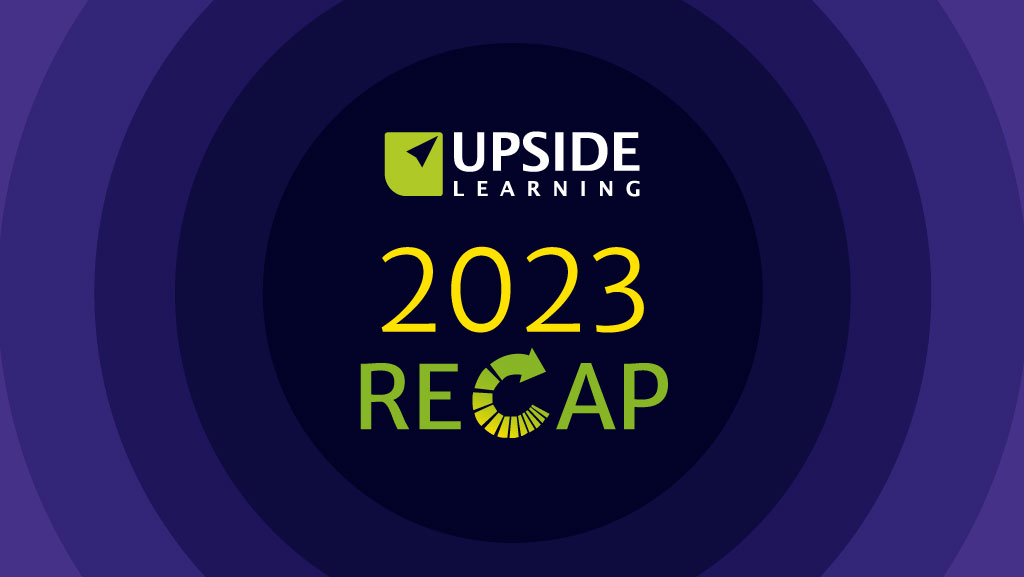This weekend, one of my parents reminded me that I got my first digital game console exactly thirty years ago, the Atari 2600. I’d been playing simple games on my dad’s Apple II, but the Atari console was a totally different experience. Different because first you hooked up to a TV screen, and second, loading software was as easy as swapping cartridges and resetting the console. Also, the consoles’ ability to allow competition against another human opponent using a second controller was quite novel at the time. When I loaded up Missile Invaders for the first time, it was gamer heaven.
While the technology has come a long way since then, the basic premise of the console still remains the same; perhaps the only major change coming from the advent of consoles connecting together for online play using the internet. I clearly remember the ‘difficulty switches’ on the Atari, something I’d never seen before in the simple games we played on the Apple II at the time (can’t see those in the picture as they were at the back of the console). Varying levels of difficulty continue to be a fundamental principles in game design. It is rare to see a game that does not allow the player to select a level of difficulty. It is important to understand that the fundamentals rules of play do not change in varying difficulty. The game mechanics and rules (what you can or cannot do in the game environment) remain unchanged; some variables are modified to make the game easier to play. For example, a player may need with a certain number of resources at the start of a game – here the difficulty can be varied by increasing or decreasing the quantity of resources available to start play with. Depending on the game, its environment and mechanics, various strategies are adopted to change difficulty. One of the most common cheats I have seen in strategy games is the ability to increase a player’s resource base or count at will, during any point in game play.
Almost all digital/video/computer games seem to come with some sort of cheat built in. This is one way that gamers bend the rules. While I can imagine the need for such cheats used by developers when testing games, it amazes me that such cheats find their way into published games. I’d go so far as to say that game developers and publishers are deliberately including ‘ways to cheat’ or ‘bend the rules’ in their games. What purpose might this serve? I have a theory. If you go back to your growing-up years and all that physical play with teams and others, you will also remember the individuals who outright cheated, but there was another class of individuals who didn’t really cheat, they bent the rules. The average computer game must be able to provide for all sorts of players, and we know players cheat, and manipulate the rules. This is why games includes such cheat or ways to bend the rules into games. Interestingly enough, while they can’t document this cheat, they must provide a way within the game mechanic for the discovery of this cheat. What’s the point of having a cheat that no one can find.
In their book on game design – Rules of Play: Game Design Fundamentals, Katie Salen and Eric Zimmerman point to the types of players. They see rule bending and breaking as manipulating the structure of the game and categorize based on three axes:
1. The rule-breaking players adherence to the rules
2. The rule-breaking players interest in winning
3. The rule-breaking players degree of lusory attitude
The players type they mention are:
1. The Standard Player: honest game player that plays as the game designers intended, following the rules and respecting authority.
2. The Dedicated Player: similar to the standard player, studies the formal systems of a game in order to master it; finds and exploits unusual strategies in order to win.
3. The Unsportsmanlike Player: follows the rules of the game, but in a way(s) violates the spirit of the lusory attitude.
4. The Cheat: actually violates the formal rules of the games to win. (digital games enable this, as I mentioned earlier).
5. The Spoilsport: unlike a cheat, spoilsports refuse to acknowledge the magic circle of the game.
As a designer of learning games, interaction and instruction this is interesting as these are exactly the sort of individuals we create for. Do our design principles and methods account for the types of players? I’ll admit, my design doesn’t.














